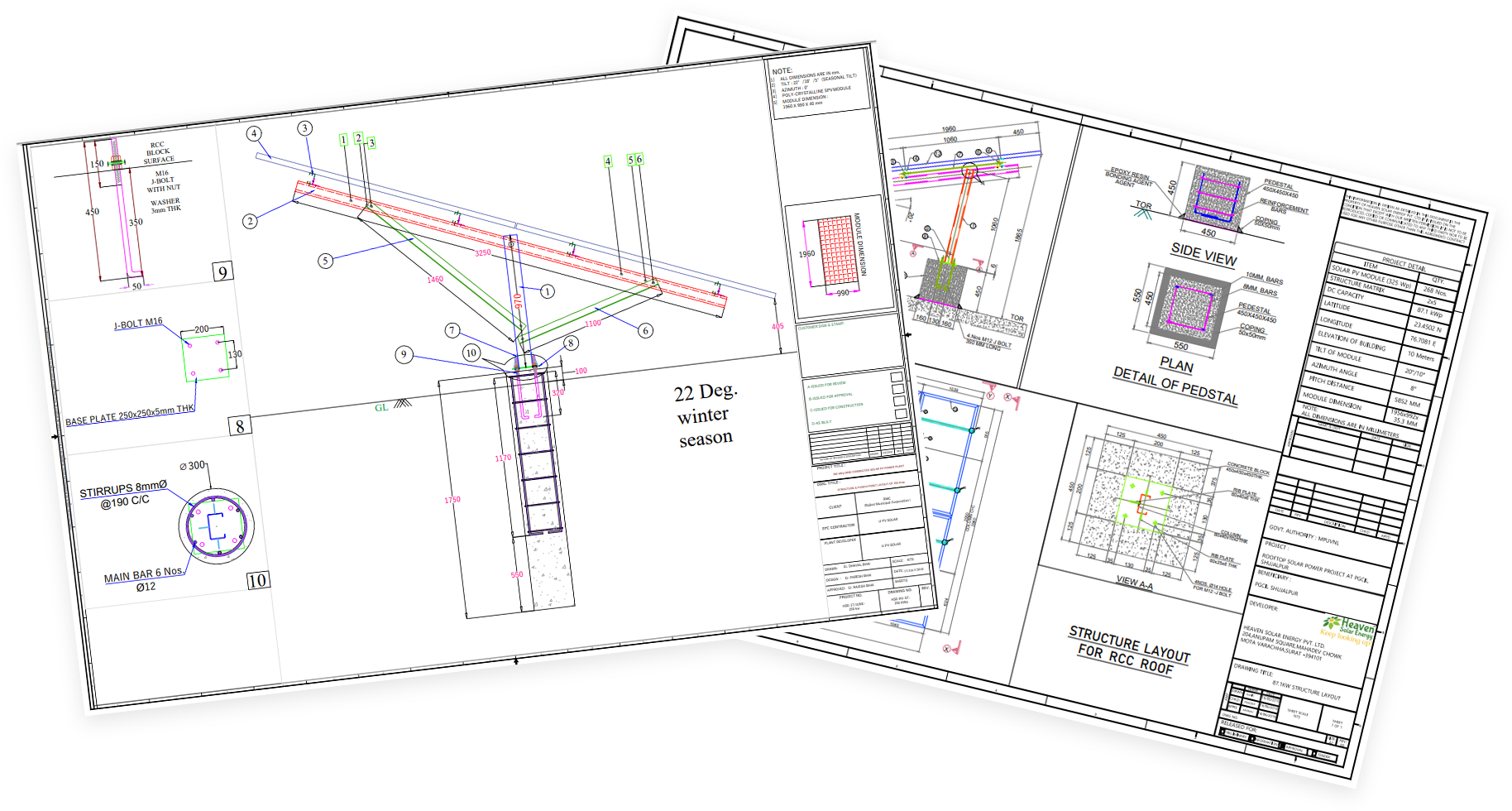What are Solar Panels (Photovoltaic Cells)?
The photovoltaic cells are (PV) made up of solar cells which are further made up of silicon like semiconductors. These are the media for converting solar energy into electricity. Hence these can be called transducers. Cells collectively make modules, which then combine to construct arrays.
Earth provides enough to satisfy every man’s needs, but not every man’s greed.
-Mahatma Gandhi
The power generated by PV installation these days accounts only for 5 to 10th of 1% of the energy used by the US, but as solar technology is improving and subsidies provided by the government on the report from International energy shows that solar power is world’s fastest-growing source of power.
What are the types of Photovoltaic Cells Available?
1. Monocrystalline Solar Cells
These are made up of silicon wafers cut from artificially grown crystals. These cells are created from single crystals grown in isolation. It has an efficiency of about 15-24%.
2. Polycrystalline Solar Cells
These are made like the above one, but instead of single crystal, these are made from multiple interlocking silicon crystals. It has an efficiency of 13-18%.
3. Amorphous Solar Cells
These are the cheapest to produce and new in the market. These are made by depositing very thinly on a substrate. It has an efficiency of 7-9%.
4. Hybrid Solar Cells
It is a combination of amorphous and monocrystalline solar cells and is called HIT (Heterojunction with Intrinsic Thin layer). These have efficiency higher than the rest of the types.
What are the types of PV Installation Systems?
1. Grid-tied Solar PV Systems
This system allows us to use free electricity from the PV system as well as from the National grid. It is reliable as there is a backup for constant supply whether or not the sun isn’t shining.
2. Off-Grid or Standalone PV Installation
This type of PV system provides energy in situations where utility power is not available. An off-grid system is not available. It is ideal for locations where grid connections aren’t accessible, such as remote locations.
How do Solar Panels Work?
The process of converting light into electricity is called Photovoltaic (PV) effect.
Sun releases energy photons, which when hit a solar cell, energize its electrons to leave their atoms. Hence if conductors complete the circuit, an electric current flows through that circuit.
The layers of silicon are in such a manner that they form a positive and a negative layer alternatively. These collaboratively form a battery.
What if you aren’t at home to use the energy generated? Or at night when the system does not generate power?
There’s a system called net metering. In the daytime, frequently surplus energy is produced. The excess energy is fed back into the grid for use elsewhere. The customer gets credit for excess energy produced and can use that credit to draw from the conventional grid at night or when the sun isn’t shining.



1 Comment
Comments are closed.